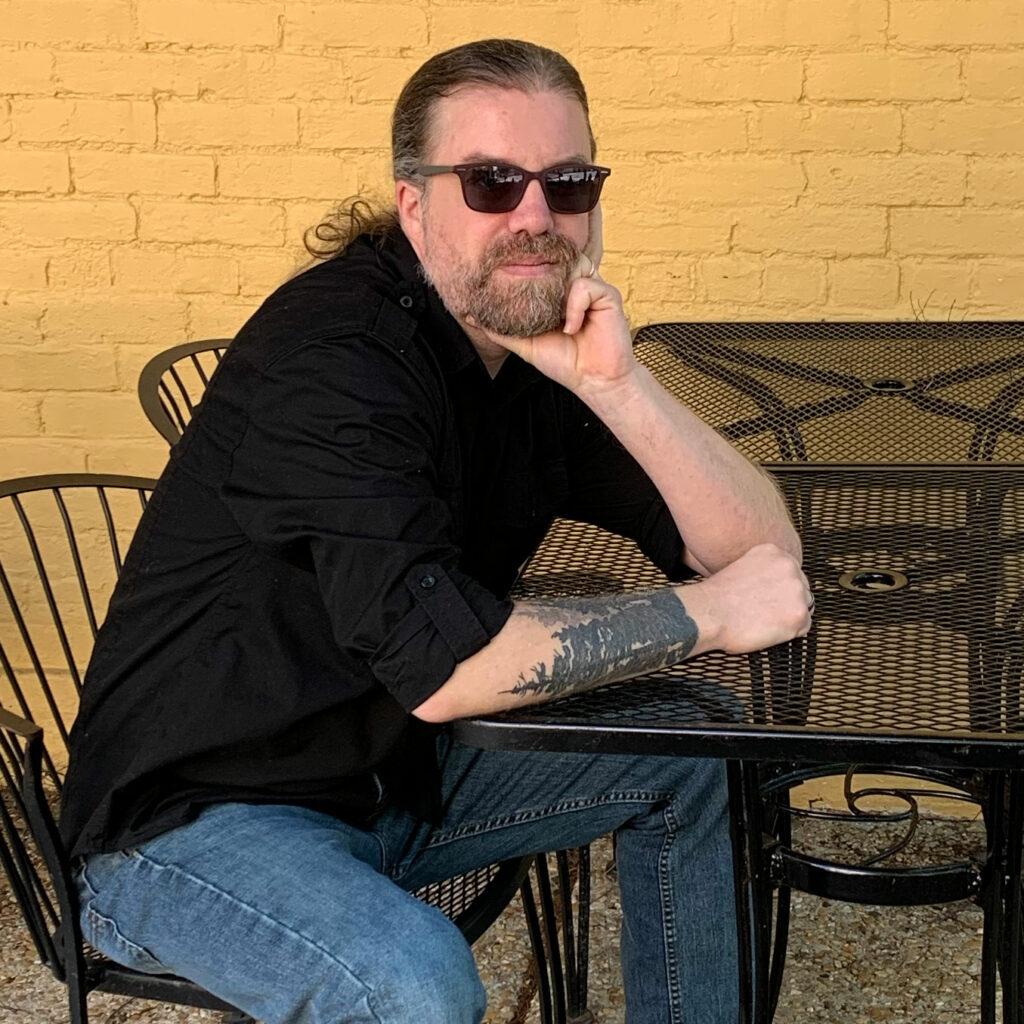Artist Statement

Harmony in Duality: Abstract and Figurative Explorations
My artistic odyssey is a tale of two passions: the chaotic allure of abstract painting and the divine grace of the nude figure captured through traditional drawing. These seemingly divergent paths converge in my work, creating a narrative that celebrates the spectrum of human experience and divine craftsmanship.
In my abstract paintings, I delve into the realm of chaos, a space often misunderstood and overlooked. Here, I find an uncharted beauty — a kaleidoscope of emotions, thoughts, and energies that dance on my canvas. My layers are spontaneous, and my color palette is vibrant and unpredictable. Each piece is a foray into the unknown, a visual representation of life’s unpredictable rhythms. These abstract works are not just paintings; they are windows into the soul, an invitation to find beauty in the midst of disarray.
Contrasting this, my traditional drawings bring the human figure to the forefront. Using graphite and Prismacolor pencils on toned paper, I render the nude form with precision and profound reverence. Each line, shade, and contour is a celebration of our creation in the image of God. These drawings are not mere representations of the human body; they are odes to our divine origin, capturing the sublime beauty and complexity of our form.
In combining these two mediums, my art speaks to the duality of existence — the abstract and the tangible, the chaotic and the orderly, the divine and the human. My abstract paintings are a journey into the beauty of chaos, while my figurative drawings anchor us back to our divine roots, reminding us of the sanctity of our own form.
Through my work, I aspire to bridge the gap between these two worlds, showing that in the chaos of this world, there is beauty, and within the human form, there is a reflection of the divine. It is a continuous exploration of the harmony that exists in duality, an artistic celebration of the complex tapestry that is human existence.